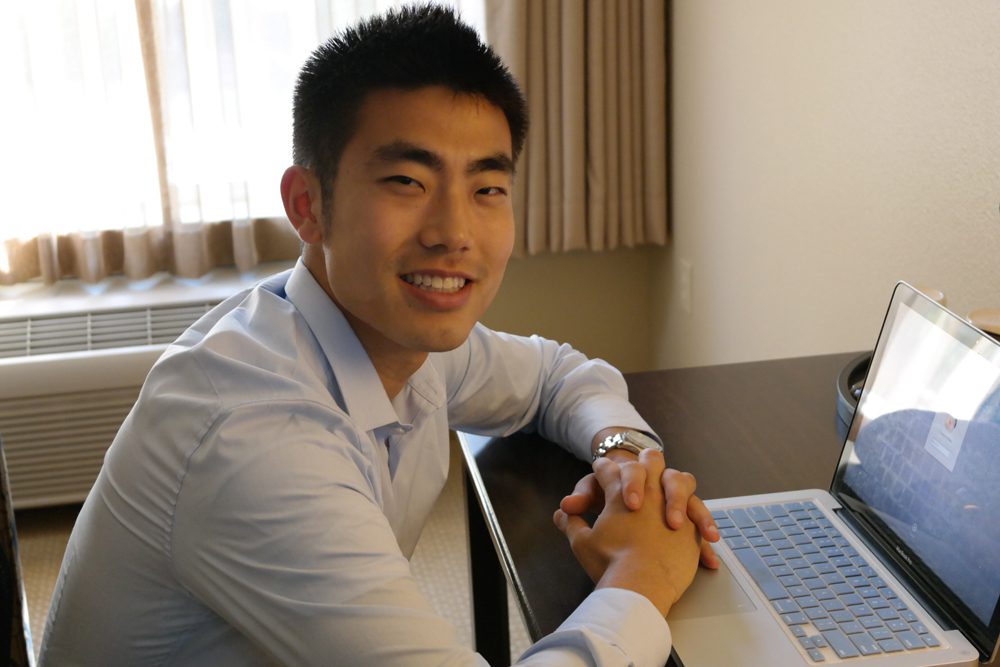Sarah Soliman

In adult animals, many tissues undergo continuous renewal, a process in which older cells die and are replaced by newly born cells. These new cells are generated by the proliferation of tissue stem cells, which divide continuously throughout the animal’s lifetime. The process of tissue self-renewal has long been thought essential for the maintenance of tissue structure and function; however, this presumption has never been explicitly examined. In my SURF project, I will explore the necessity of tissue renewal using the Drosophila epithelial midgut as a model system. Specifically, my […]
Punam Bhullar
Julia Selezneva
The core goal is to identify the origin of antibiotic drug-resistance determinants, with the hypothesis that drug-resistance determinants, in particular integrons carrying gene cassettes coding for drug resistance, from bacteria that is ingested through uncooked food (spinach, animal meat) can horizontally transfer to commensal bacteria in the human intestine, and under selective pressure of antibiotics, and ultimately lead to complicated multi-drug resistant bloodstream or urinary tract infections. Integrons are mobile genetic elements, found on transposons, plasmids and chromosomes that capture and express gene cassettes by site-specific recombination. This summer I […]
Chung Yan Cheung

Development of the nervous system depends on the migration, differentiation, and axonal projections of neurons to their appropriate targets. In the dorsal spinal cord where many sensory and interneurons are born, signaling cues specify the development of neuronal precursors into an array of cell types. However, the process by which these signals regulate neuronal growth is still unclear. This summer, I will examine the function of the Gremlin2 gene, which is expressed in a specific population of dorsal interneurons. Taking advantage of Gremlin2 knock-out mice, I will use immunocytochemistry to […]
Shila Manandhar

Neurogenesis, the process by which new neurons form, was thought to be impossible in mature brains for most of the 20th century. However, recent studies have found that neurogenesis in intact adult brains does occur in specific regions. I will be studying neurogenesis in vitro using neuroglial cells, which are neuron supporting cells, by treating them with Epidermal Growth Factor (EGF) and Fibroblast Growth Factor (FGF). Following treatment, I will perform functional tests to evaluate the extent to which these factors were able to promote the transdifferentiation of these neuroglial […]
Yohan Song

I am analyzing the vascular organization of the cat inferior colliculus (IC), a major auditory structure in the midtbrain, to determine whether its divisions share a common pattern. The IC consists of the central nucleus (CN), the dorsal cortex (DC), and the lateral cortex (LC), each with different roles in auditory behavior and perception. I am comparing the IC capillary distribution to quantify differences between subdivisions using plastic-embedded material from two adult cats in 1 m-thick semithin sections stained with toluidine blue. Ten non-overlapping random 200 x 200 m2 samples […]
Nicole Christiane Swann
Karina Sakanaka
Cognitive control is the mechanism of coordinating actions with internal goals. I am primarily interested in the role of cognitive control in decision-making, particularly how internal states such as economic preferences can influence decision-making under probabilistic outcomes. Individuals differ in their tolerance for the amount of uncertainty in decision-making, and behavioral economic models, such as expected utility functions can create parameters that capture preference or aversion for risk and ambiguity. Using the choice history of each subject between pairs of gambles, my project will investigate how economic preference parameters may […]
Alex Onishi

Cataracts are the leading cause of blindness worldwide. 53% of all Americans over the age of 75 have cataracts or have had cataract extraction surgery. Connexin protein subunits form gap junction channels in the lens and transport metabolites required for lens transparency. Previous work has indicated that when connexin is knocked out in the 129SvJae mouse strain, severe cataracts results. Disruption of the same connexin in the C57BL/6J (B6) strain displays a mild cataract that is hardly noticeable. Several loci in the B6 background likely containing genes that function to […]